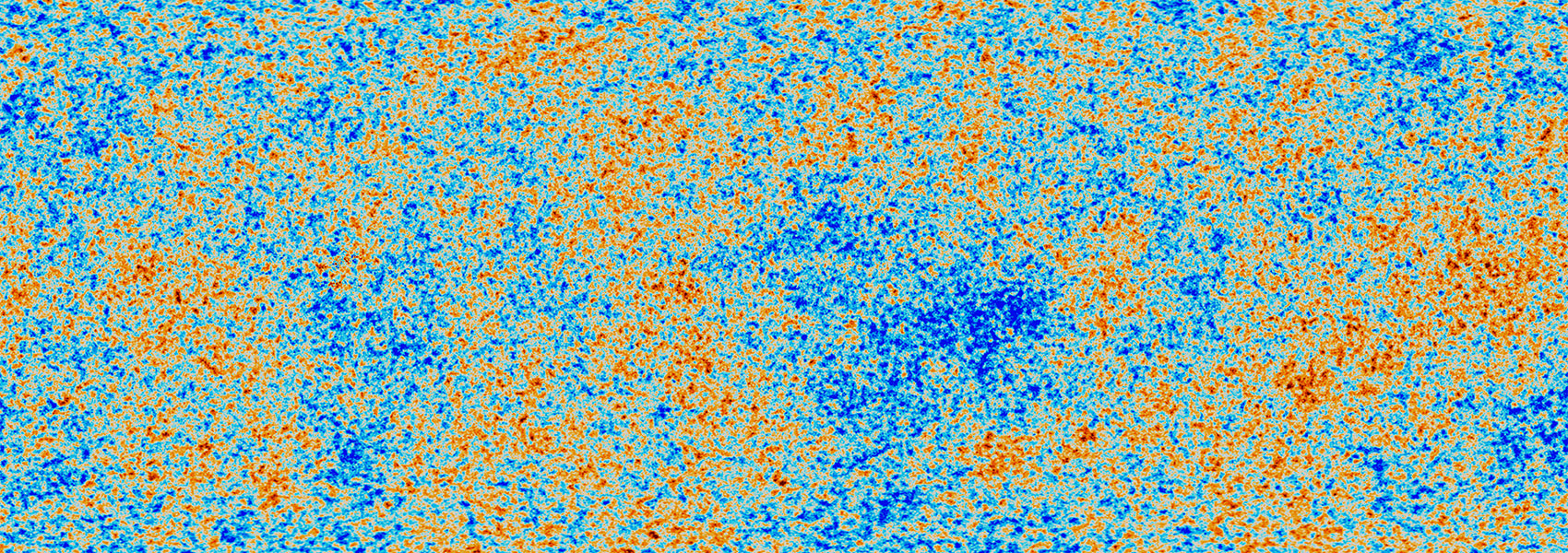October
2023
•
2023AJ....166..153A
Authors
•
Akana Murphy, Joseph M.
•
Batalha, Natalie M.
•
Scarsdale, Nicholas
•
Isaacson, Howard
•
Ciardi, David R.
•
Gonzales, Erica J.
•
Giacalone, Steven
•
Twicken, Joseph D.
•
Dattilo, Anne
•
Fetherolf, Tara
•
Rubenzahl, Ryan A.
•
Crossfield, Ian J. M.
•
Dressing, Courtney D.
•
Fulton, Benjamin
•
Howard, Andrew W.
•
Huber, Daniel
•
Kane, Stephen R.
•
Petigura, Erik A.
•
Robertson, Paul
•
Roy, Arpita
•
Weiss, Lauren M.
•
Beard, Corey
•
Chontos, Ashley
•
Dai, Fei
•
Rice, Malena
•
Van Zandt, Judah
•
Lubin, Jack
•
Blunt, Sarah
•
Polanski, Alex S.
•
Behmard, Aida
•
Dalba, Paul A.
•
Hill, Michelle L.
•
Rosenthal, Lee J.
•
Brinkman, Casey L.
•
Mayo, Andrew W.
•
Turtelboom, Emma V.
•
Angelo, Isabel
•
Močnik, Teo
•
MacDougall, Mason G.
•
Pidhorodetska, Daria
•
Tyler, Dakotah
•
Kosiarek, Molly R.
•
Holcomb, Rae
•
Louden, Emma M.
•
Hirsch, Lea A.
•
Gilbert, Emily A.
•
Anderson, Jay
•
Valenti, Jeff A.
Abstract
•
With JWST's successful deployment and unexpectedly high fuel reserves, measuring the masses of sub-Neptunes transiting bright, nearby stars will soon become the bottleneck for characterizing the atmospheres of small exoplanets via transmission spectroscopy. Using a carefully curated target list and observations from more than 2 yr of APF-Levy and Keck-HIRES Doppler monitoring, the TESS-Keck Survey is working toward alleviating this pressure. Here we present mass measurements for 11 transiting planets in eight systems that are particularly suited to atmospheric follow-up with JWST. We also report the discovery and confirmation of a temperate super-Jovian-mass planet on a moderately eccentric orbit. The sample of eight host stars, which includes one subgiant, spans early-K to late-F spectral types (T eff = 5200-6200 K). We homogeneously derive planet parameters using a joint photometry and radial velocity modeling framework, discuss the planets' possible bulk compositions, and comment on their prospects for atmospheric characterization.
Links





